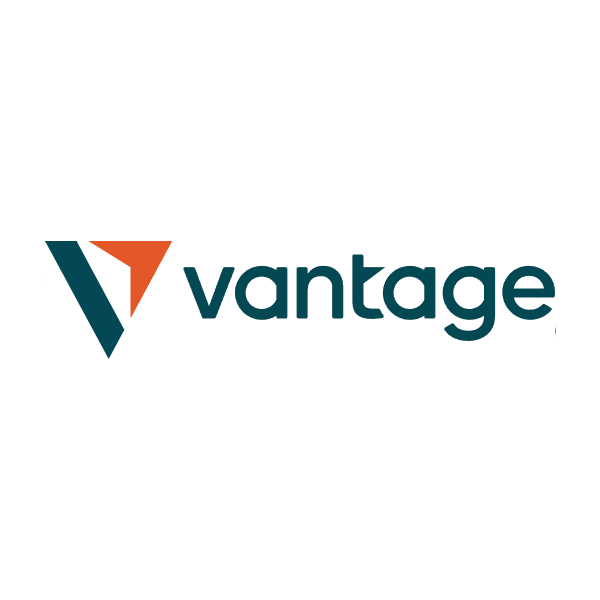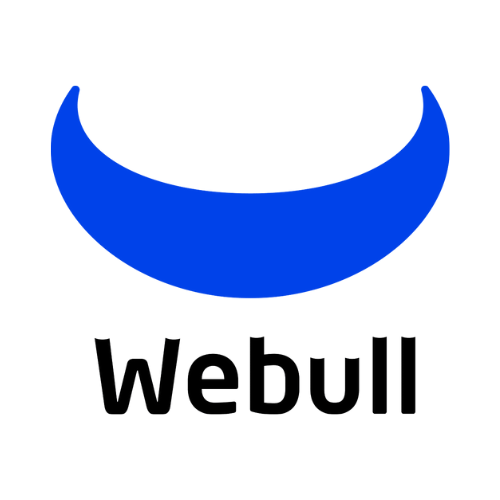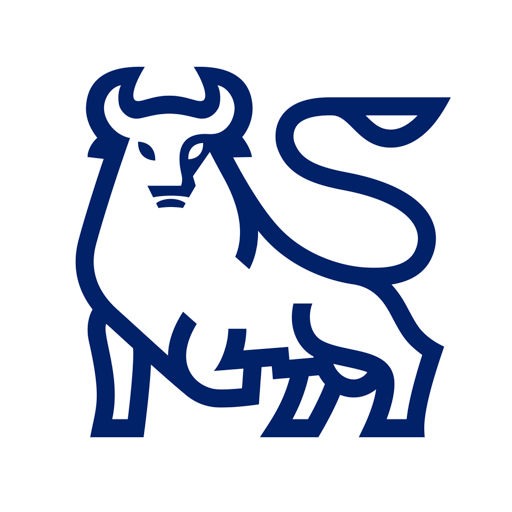Glossary: Market Depth
Content Disclaimer: The information provided in this article is for informational purposes only and should not be considered financial advice. Always conduct thorough research and verify details directly with the relevant provider before making any financial decisions. Details mentioned may be outdated or inaccurate.
Disclaimer: Our website may contain affiliate links. This means that we may earn a small commission if you make a purchase or sign up through these links. Full disclaimer Here.
Market depth refers to the market’s ability to sustain relatively large market orders without impacting the price of the stock or asset significantly. It reflects the liquidity of the market and provides insight into the supply and demand dynamics for a particular security.
Understanding Market Depth:
Market depth is typically represented through a market depth chart or order book, which lists buy (bids) and sell (asks) orders at different price levels. The number and size of these orders indicate the amount of buying or selling interest in the market at various prices, showcasing how traders aspire to engage with the market.
Components of Market Depth:
1. Buy Orders (Bids): These are orders from traders willing to purchase a security at specified prices. More substantial buy orders at tighter price levels indicate strong demand.
2. Sell Orders (Asks): These orders represent sellers aiming to sell a security at designated prices. A high number of sell orders can signal strong supply.
Real-Life Example:
In the context of a stock like Apple Inc. (AAPL), if the order book displays numerous buy orders at $150 and multiple sell orders at $155, that signifies concentrated interest in buying at $150 while sellers expect to sell at $155. If a significant buy order is placed at $150, it may impact the price negatively, given the limited sell orders above that price point. This situation reflects the market’s depth based on the available buy and sell orders.
Importance of Market Depth:
Market depth provides essential insights for various market participants, including:
Traders: Understanding market depth helps traders gauge the ease of executing trades without drastic price changes.
Investors: It assists in identifying potential price support and resistance levels based on the volume of orders at different price points.
Conclusion:
In summary, market depth is a critical concept in financial markets, providing vital information about liquidity, supply and demand balance, and the general market sentiment toward specific securities. Understanding market depth can be advantageous for effective trading strategies and investment decisions.
Disclaimer: Our website may contain affiliate links. This means that we may earn a small commission if you make a purchase or sign up through these links. Full disclaimer Here.
Author
Behind This Article
Content Disclaimer: The information provided in this article is for informational purposes only and should not be considered financial advice. Always conduct thorough research and verify details directly with the relevant provider before making any financial decisions. Details mentioned may be outdated or inaccurate.
Related Articles
Explore related articles to expand your knowledge in finance and trading.
Hewlett Packard, Dollar Tree, Copart, and more set to report earnings Wednesday – Investing.com
US gasoline slumps to near 3-year low on end of driving season, oil slump – Reuters
Popular Brokers
Easily compare brokerage accounts to get an overview of fees, features, and details.

Vantage Markets
Vantage Markets provides access to CFD trading on forex, indices, commodities, shares, ETFs, and cryptocurrencies. It features advanced platforms like MetaTrader 4, MetaTrader 5, TradingView, and ProTrader, with competitive spreads and leverage options. Vantage also provides extensive educational resources, including webinars and courses, along with a demo account for practice and 24/7 customer support, making it suitable for both beginner and advanced traders.

Webull
Webull offers commission-free trading on stocks, ETFs, and options, with advanced charting tools and real-time market data. It features extended trading hours, paper trading for strategy testing, and multiple account types, including Traditional, Roth, and Rollover IRAs, making it ideal for both new and experienced traders.

IG

Merrill Edge
Merrill Edge provides commission-free trading on stocks, ETFs, and options, along with managed portfolios through Merrill Guided Investing. Integrated with Bank of America, it provides seamless fund transfers and advanced tools for research and trading, making it a solid choice for investors seeking both convenience and in-depth resources.
